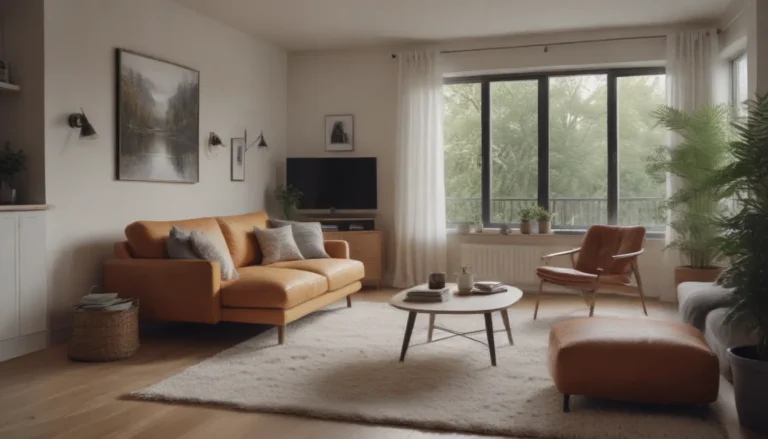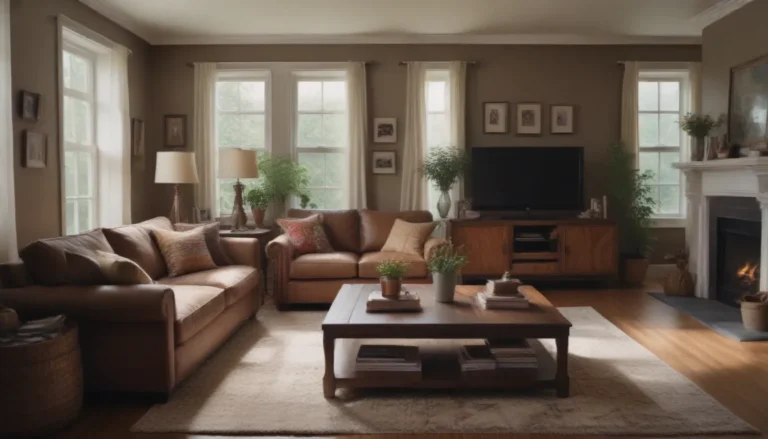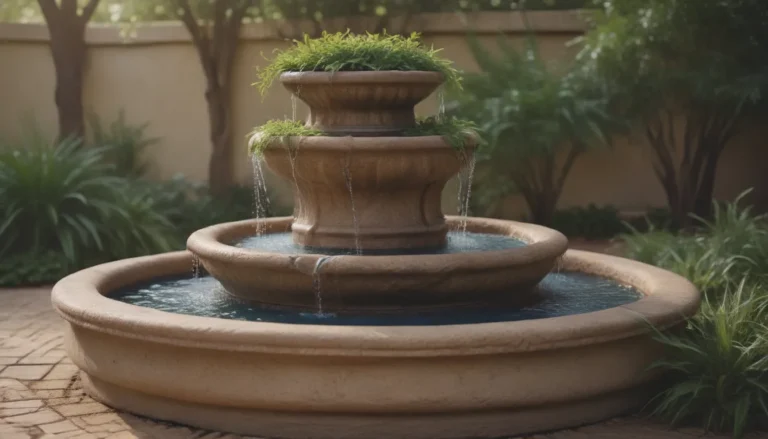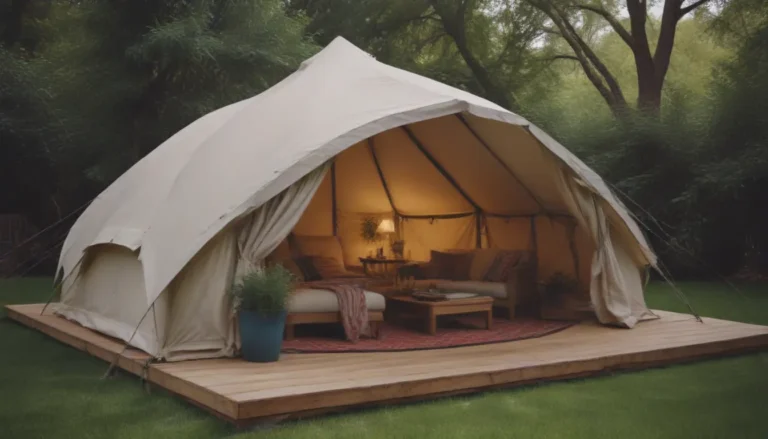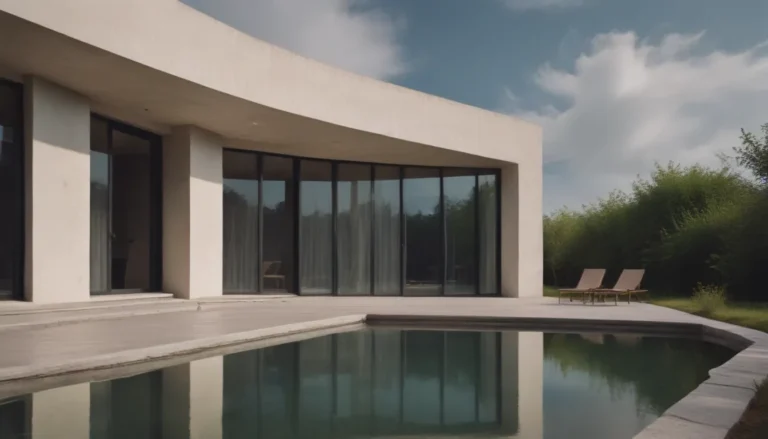32 Popular Architectural House Styles: A Detailed Guide
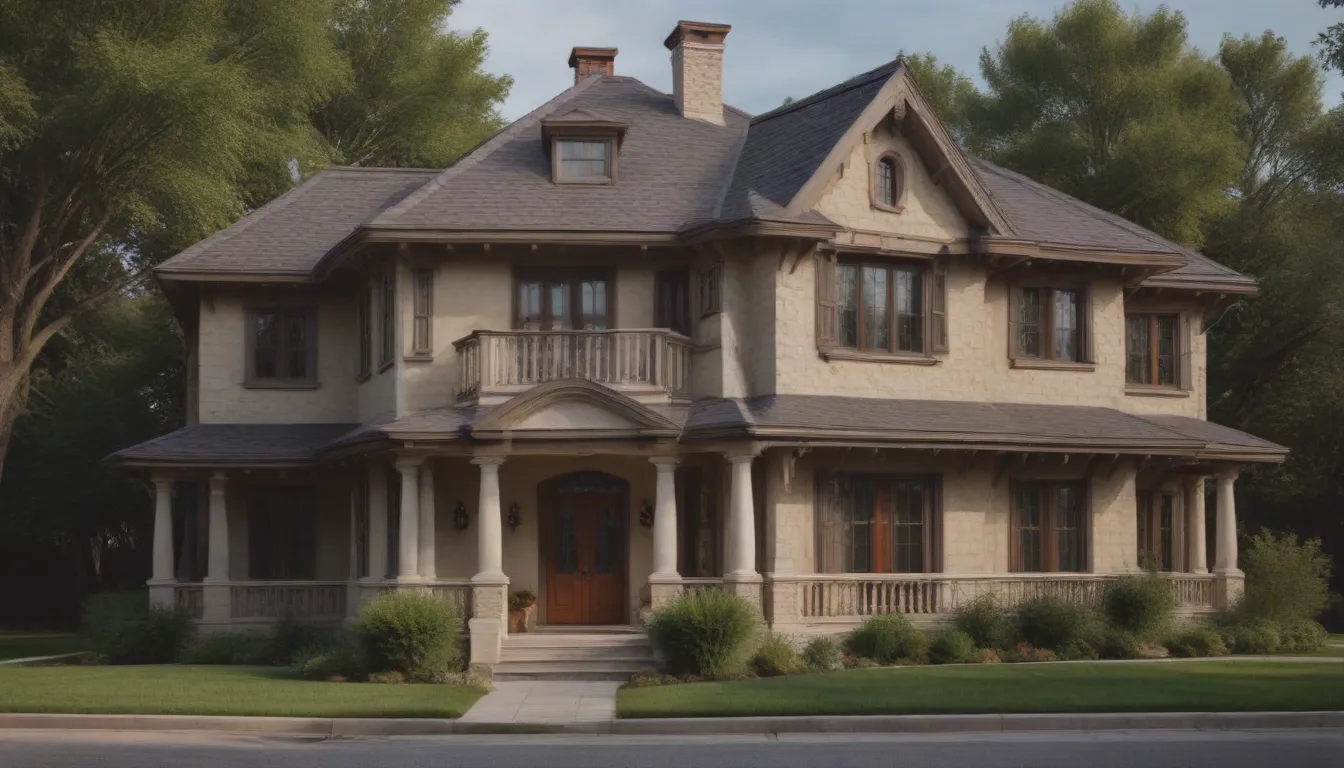
Introduction
As you drive through the streets of suburban neighborhoods, you may notice a variety of house styles that each possess their unique charm and character. Whether you are purchasing a new home or renovating an old one, understanding the different architectural styles can help you appreciate the history and design principles behind each home. In this comprehensive guide, we will explore 32 popular house styles that have left an indelible mark on the American landscape. From classic designs like Cape Cod and Colonial to modern innovations like Contemporary and Midcentury Modern, each architectural style tells its own story. So, grab a cup of coffee and join us as we embark on a journey through the diverse world of American house styles.
How to Identify Your House Style
When it comes to determining the architectural style of your home, there are several key factors to consider. Look closely at the materials used, distinctive details such as windows and doors, roof style, presence of structures like porches or porticos, number of stories, and the era in which the home was constructed. By examining these elements, you can begin to unravel the unique characteristics that define your house style.
Cape Cod
Cape Cod homes are a quintessential American architectural style that rose to popularity in the 1950s. Originally introduced by English settlers in the late 17th century, these homes are known for their story-and-a-half design, dormers, and central doorway. Inspired by English half-timbered houses, Cape Cod homes underwent adaptations to suit the New England climate. Today, these charming homes can be found in many suburban communities across the country.
Victorian
Victorian architecture encompasses a wide range of styles that flourished during the reign of Queen Victoria in the 19th century. Characterized by elaborate detailing and ornate features, Victorian homes showcase the wealth and prosperity of the era. Influenced by various architects and urban landscapes, these homes remain a popular choice for homeowners seeking a touch of historical elegance.
Colonial
Colonial-style homes trace their roots back to the 17th century when early American settlers built residences inspired by their respective countries of origin. From British and Georgian colonial to French and Spanish colonial variations, these homes exhibit symmetry and often feature dormers. Commonly found on the East Coast, Colonial homes reflect the diverse cultural influences that shaped American architecture.
American Craftsman
The American Craftsman style emerged in the early 20th century as part of the Arts and Crafts movement. Focused on natural materials and motifs inspired by nature, Craftsman homes boast earthy tones, geometric stained glass, and built-in elements. Variations such as mission, bungalow, and Stickley showcase the craftsmanship and attention to detail that define this iconic architectural style.
Prairie
Prairie-style homes, pioneered by architect Frank Lloyd Wright, emphasize a unique connection to nature. Featuring handcrafted details, stained glass, and built-in furniture, Prairie homes embody the spirit of the Arts and Crafts movement. Though primarily concentrated in the Midwest, these homes stand as enduring examples of American architectural innovation.
Ranch
Ranch homes, also known as ramblers, gained popularity in the early 20th century for their single-story or split-level design. Inspired by Spanish colonials in the Southwest, these homes offer open floor plans and a seamless connection to the outdoors. With their sprawling layouts and streamlined appearance, ranch-style homes continue to captivate homeowners seeking simplicity and functionality.
Tudor
Tudor-style homes are easily recognizable for their timber details against a light-colored stucco background. Drawing inspiration from historical English homes, Tudor designs feature ornate brickwork and solid architecture ideal for colder climates. These charming homes evoke a sense of old-world elegance and can be found in affluent suburban communities.
Mediterranean
Mediterranean-style homes, influenced by the architecture of the Mediterranean region, gained popularity in the U.S. during the early 1900s. Featuring warm tones, stucco exteriors, and intricate tile and woodwork details, these homes exude a sense of warmth and sophistication. Designed to be open and airy, Mediterranean homes embrace natural elements like stone and wood beams.
Modern
Modern homes, built between the 1930s and 1970s, reflect the principles of the modernism movement that emerged in the early 20th century. Characterized by clean lines, functional design, and modern materials such as concrete and steel, these homes prioritize simplicity and efficiency. With a focus on open plans and minimal ornamentation, modern-style homes can be found throughout the country.
Contemporary
Contemporary architecture embodies the current building styles that emphasize sustainability, energy efficiency, and seamless indoor-outdoor living. Defined by clean lines, minimalism, and a sense of flow, contemporary homes cater to modern lifestyles. While the style varies widely, contemporary homes often incorporate natural light and organic materials to create a harmonious living environment.
Conclusion
In conclusion, exploring the diverse world of architectural house styles can provide valuable insights into the history, design principles, and cultural influences that have shaped the homes we live in today. Whether you appreciate the timeless elegance of Victorian homes or the sleek minimalism of modern designs, each architectural style offers a unique perspective on the art of home construction. By understanding the key characteristics and features of popular house styles, you can gain a deeper appreciation for the rich tapestry of American architecture. So, the next time you drive through a neighborhood, take a moment to admire the beauty and diversity of architectural styles that define our built environment.
